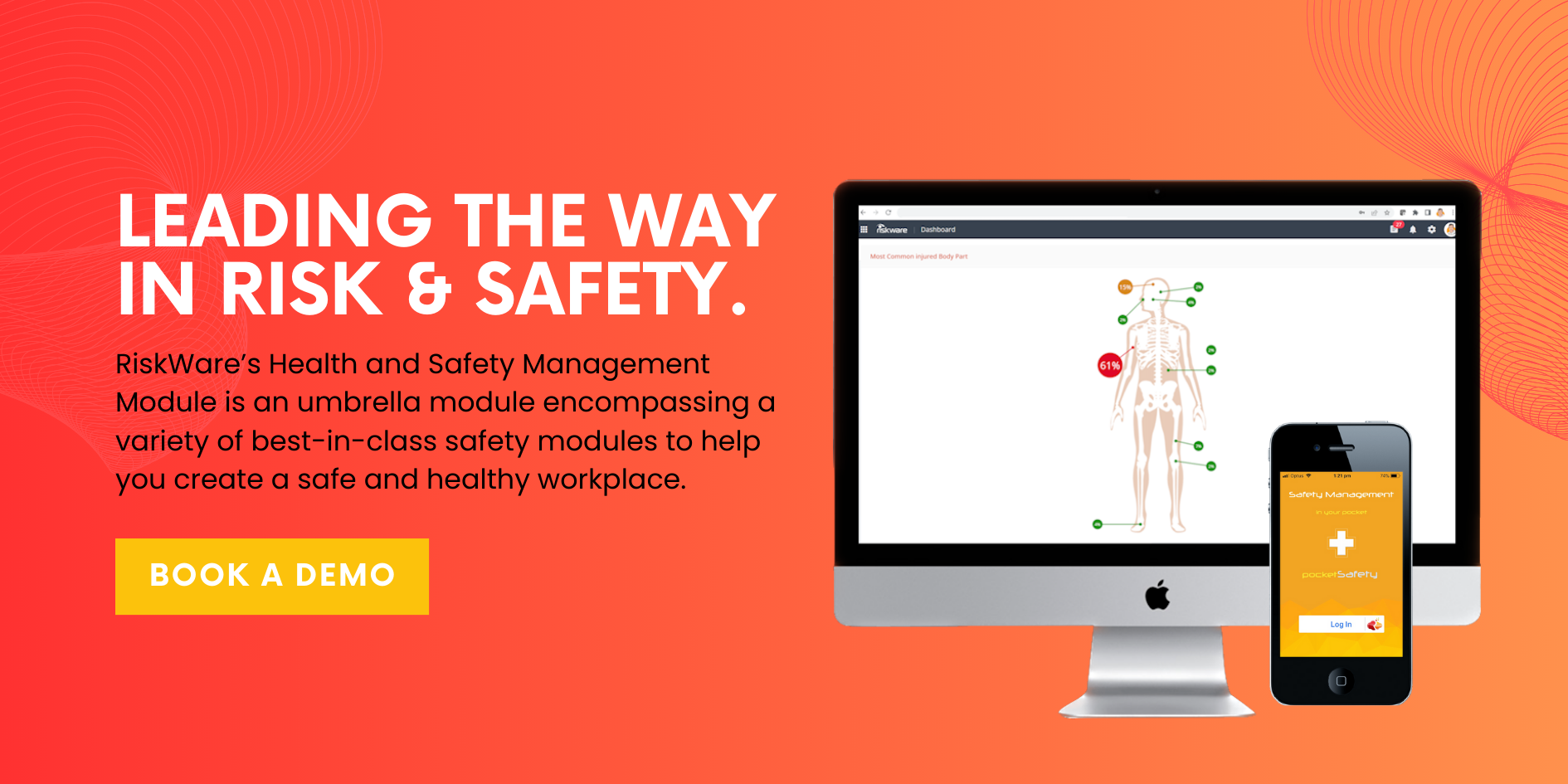Over the past 20 years there has been a shift in the focus of occupational or work health and safety risk management. Traditional occupational safety concerns focus primarily on physical hazards and we’re only now acknowledging the psychological and social aspects of risks in our workplaces.This recognition that the workplace is a source of psychosocial stress and harm is pushed by a greater awareness of negative impacts on staff health and wellbeing and organisational productivity.
Changes in our overall work environment, such as demands for higher productivity, ageing workforce, increased job insecurity and workforce casualisation has increased this awareness, however some workplace psychological hazards have been present for decades and are only now being recognised and taken seriously, instead of simply being “part of the job”.
We also now know that physical hazards and subsequent injuries are often closely associated with psychological injuries and their corresponding psychological hazards. For example, a physical injury
can cause stress and mental health symptoms, and psychosocial injuries can manifest physically, and also increase the likelihood of physical injury.
We’ll look at psychosocial hazards, their impact on health and organisations and what you can do in your organisation to manage them in your risk management plan.
What are psychosocial hazards?
Put simply, a psychosocial hazard is anything that could cause psychological harm (for example, harm someone’s mental health). This can be the more known things, like harassment, bullying, and violence, but also traumatic events and materials, lack of job clarity, poor support, and job demands.
Psychosocial hazards are different to physical hazards in that they are present at all times, and can fluctuate in terms of severity and time scale based on varying daily demands. Similar to many physical injuries, psychological injuries are unseen and subjective in terms of severity and impact because they are less outwardly apparent and may not manifest for some time after an initial incident. Although stress is not an injury or an illness, we know that excessive or prolonged stress can negatively affect health, safety and wellbeing and ultimately lead to psychological and physical injury.

There is also considerable sensitivity around psychosocial injuries due to stigmatisation, shame or embarrassment about discussing them or seeking help in the workplace. This leads to a reluctance to report psychological injuries, and difficulty objectively identifying and addressing the source.
Differences in experience, training, life experience, and personal factors or conditions such as autism, ADHD, anxiety, depression, chronic pain, or stressful life events, can change the way different psychosocial hazards affect individuals. While one person may take in their stride a traumatic event, or a sudden increase in workload, another may experience significant harm.
In addition to the harm to the person, the Australian Government Productivity Commission estimates the cost of workplace absenteeism (the inability to go to work) and presenteeism (the inability to fully function at work) due to mental ill-health range from $13 billion to $17 billion per year. This creates a financial risk to your organisation.
Psychosocial hazards are now recognised in each Australian state’s work health and safety regulations, creating a legal requirement for organisations to manage these hazards.
How to manage psychosocial hazards
“Our challenge is to produce a psychologically safe workplace by encouraging an open, honest and transparent approach to psychological risk that welcomes change across all levels of the organisation.” - Dr Beth Johnson, Monash University
So what can we do? As we’ve said, psychosocial hazards are more difficult to identify and manage. Seeing something often invisible, that’s highly subjective to each person and isn’t as easy as finding a water spill on the floor.
Create a safe reporting culture
There are many reasons why someone would feel unsafe reporting a psychosocial hazard, including fear of who it would subsequently be disclosed to, negative workplaces creating negative repercussions, and stigmas.
The first step in creating a safe reporting is to make people feel safe talking about sources of of workplace psychosocial harm. This includes normalising discussions and training supervisors on how to best approach the topics.
Communication is also a key element. Make and share a plan so anyone reporting knows what will happen, by whom, and when. Your plan must include getting consent from the person reporting before any details are shared.
Share an understanding of the reporting process. This includes identifying the control measures, looking for opportunities to change and validating concerns when things can’t change.
Have a risk assessment process
Once a culture of reporting has been established, focus can move away from reactive tools such as incident reporting, to proactive assessment and management of risk. While the principles of risk management remain consistent, the risk management process can be especially challenging due to
psychosocial risks being:
- highly subjective as each person brings aspects of themselves into the
workplace - seldom directly observable, and lack clear cause and effect relationships
- generally comprised of a number of factors
- can be present in all types of work
- highly variable across organizational levels, functions and operations.
Therefore all treatments need to be realistic and designed to mitigate the specific risks. For example, no amount of yoga, mindfulness, or healthy eating will stop a worker from rightly feeling injured as a
result of long work hours or poor recognition.
And, as with your other risk assessments, your psychosocial risk assessment should be reviewed and updated regularly.
Introduce incident reporting
Encourage reporting by making the process simple and clear.
You can add psychosocial hazards to your current safety incident reporting form. This makes it easier for anyone reporting and helps them be comfortable reporting because it’s familiar. It also makes form maintenance easier with fewer forms.
Keep the form simple and the questions relevant. You can use form actions to create skip patterns and only show necessary questions. If your form design allows it, use people lookup widgets to save the person adding information you already have, like addresses. Download our white paper on managing emerging psychosocial risk in the workplace to learn more.
Photo credit: Unsplash.
To see psychosocial hazard risk assessments and reporting in RiskWare, book a demo today!











Leave a comment